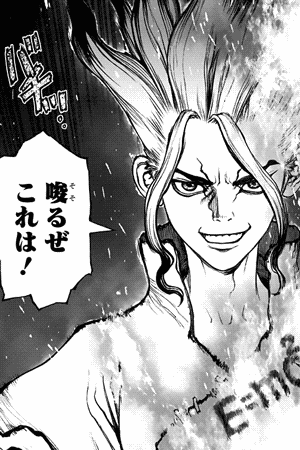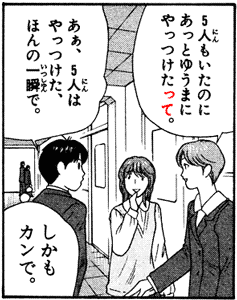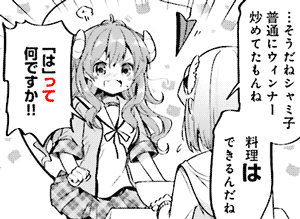In Japanese, dislocation happens when the subject or object, or other argument, comes after the verb, at the very end of the sentence, even though, normally, they're supposed to come before the verb.
More generally, in grammar, dislocation is when part of a clause, a constituent, shows up outside of that clause. In Japanese, clauses often end at the verb, so anything after that verb is outside of the clause.


